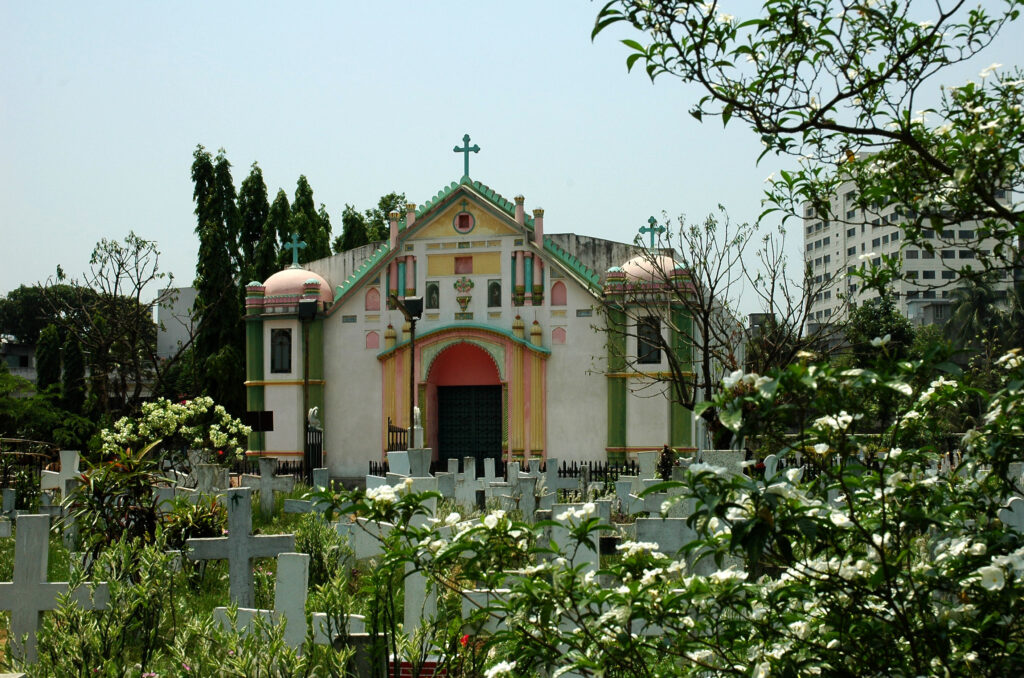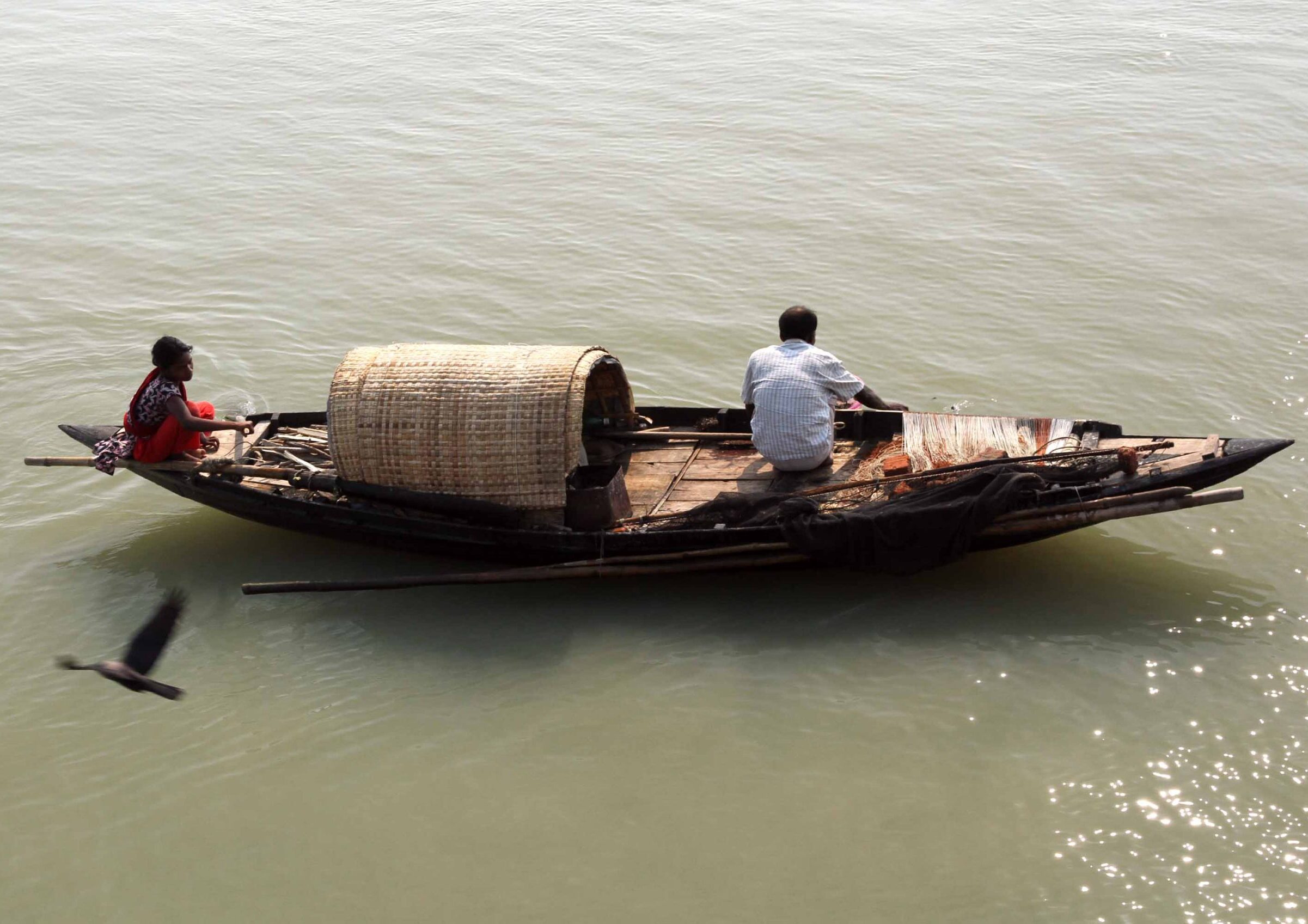The first period (1517-1538)
I started watching movies as a child soon after the independence of Bangladesh. The first film that I saw was in early 1972 when we moved to Dhaka City, called ‘Pitch Dala Path’, at the Ovisher Cinema Hall in Tikatuly. It was a 3-6 pm show, which completely blew my mind away – something entirely new, a world of entertainment that I did not know even existed. It was also an incredibly enjoyable experience.
I watched the film with my older brother and another person and they both had watched films before, but it was new to me. Soon after the film had ended, we decided to rush to the Modhumita Cinema Hall, about ten-fifteen minutes walk, in Motijeel, to see what film was being scheduled there as we wanted to catch the 6-9 pm show. When we got there, the film ‘Sharalipi’ had already started screening and as places were still available we bought three tickets and rushed inside.
As a child, watching the first film and two films on the same day, one after another, was really magical. I became a film lover and watching film became a regular thing for me and most people around me.
We soon came to know the names of most actors/actresses, playback singers, producers, directors and so on in Bangladesh and talked about them a lot. One of the Bangladeshi film star that became part of the conversation, although not among the most popular, was Olivia. I thought she had a strange name, unlike any Muslim or Hindu names with which I was familiar. Later, I learnt that she was a Christian and from a Portuguese ancestry. I also became aware of several Portuguese origin words in our language, such as anarosh, butam, etc. As I had other important things in my mind, I did not take an interest, at that time, in learning about the Portuguese links with our country, culture and our history.

In London, during the late 1970s, I spent a great deal of time on the streets and in cafes and restaurants in Newham – particularly Upton Park, East Ham and Stratford, as well as two parks in the Borough (Plashet and West Ham). The Newham community was highly diverse and very mixed – in terms of race, ethnicity, culture and faith – although very different from what it looks now.
One day, I met a guy on the street, who looked nothing like anything that I had seen before, in terms of the combination of facial features, body structure, height, mannerism, smile, etc. When someone asked him where he was from, he replied that he was from Bangladesh, which kind of freaked me out, as I had never seen any Bangladeshi before with such a combination of looks.
His name was Ricky and he spoke better Bangla than me. Later, on another day, I met his older brother, introduced by the younger one. He also looked nothing like any Bangladeshis that I knew or imagined. They were very nice and friendly individuals who always expressed pride in their Bangladeshi origin, even though, at that time, the Punjabi (Pakistani and Sikh) dominated scenes, with hundreds of negative stereotypes of Bangladeshis/Bengalis, made it very difficult for someone with a Bangladeshi background to express public proud in their origin.
I got to know these two brothers to some extent as they were a regular part of life in Green Street, although not as close friends. When I asked them how come they look very different from other Bangladeshis, Ricky told me that their ancestors were Portuguese who settled in Chittagong a long time ago. Since that time, I had developed some interest in the Portuguese in Bengal, but not sufficient to make any efforts to learn more about it.
In 2007, stirred by the 250th anniversary of the Battle of Plassey in 1757, I became interested in the story of the East India Company, which continued to grow afterwards. While reading books and articles on the East India Company and listening to presentations on the topic, especially about its early voyage to Asia, I became aware of the interactions and conflicts that both the English and the Dutch had with the Portuguese in various parts of Asia. It was a significant feature of that period, especially concerning the competing Dutch, who, on entering the Asian waters in 1596, started to attack and take-out Portuguese ships and forts all over the places. Learning about that ignited in me a renewed interest in the Portuguese linked history of Bengal.
As such, in 2011, I decided to make a presentation at the Bengal History Week in London on the topic as a way of dedicating some time to learn about the Portuguese in Bengal. I delivered a paper called, ‘An introductory account of the early Portuguese community in Bengal’. As part of the preparation, I spent about two months before the event held on 4 October 2011, undertaking some research on the topic about which I knew very little. Although I did not manage to acquire a good grasp of the complex story at that time with the limited research that I had managed to undertake, it was a good way for me to get introduced to the subject and the resources available for study.
As part of the Bangladesh 500 – A Critical History Initiative, I have decided to write something, more in-depth, on the Portuguese involvement in Bengal but focusing on a very small period. I will look at the time covering the first official arrival of the Portuguese in Bengal in 1517 and their support for Sultan Mahmud Shah in his war against Sher Shah in 1538, which the latter won that ended the Hussain Shahi dynasty of Bengal.
The early sixteenth century represents the beginning of a major change in Bengal’s history that paved the way for much bigger dynamic shifts during the seventeenth and subsequent centuries. On the one hand, the arrival of the Europeans, first the Portuguese and then a century later the Dutch and the English, introduced new dynamics, and on the other, the establishment, expansion and consolidation of Moghul rule added fresh elements into the ingredients of change that created a new period in Bengal’s history. As such, in this article, I will explore and write about the first twenty-one years after the official Portuguese arrival in Bengal in 1517, their support for Sultan’s Mahmud Shah’s defensive war against Sher Shah and how they acquired permission to establish two settlements in Chittagong and Satgaon.
(to be continued)
